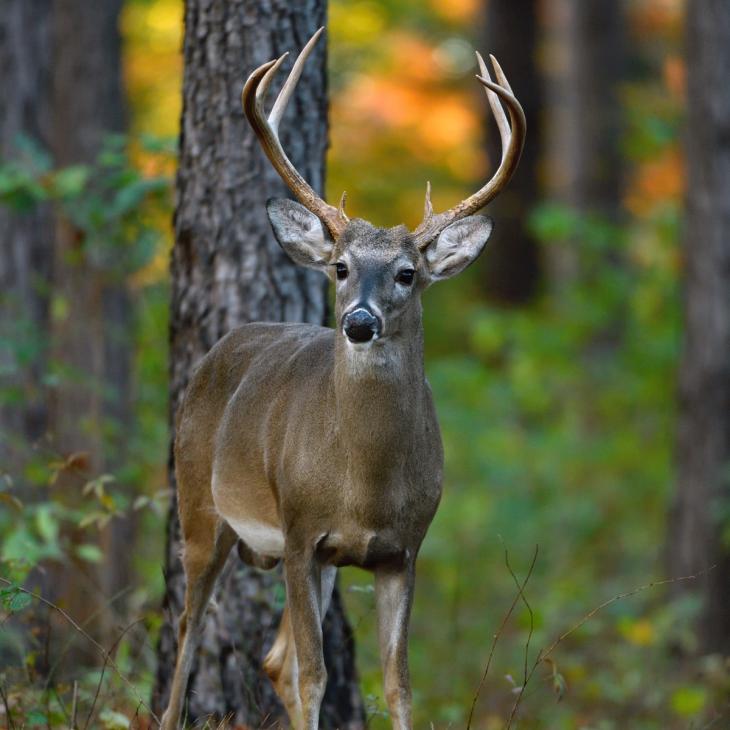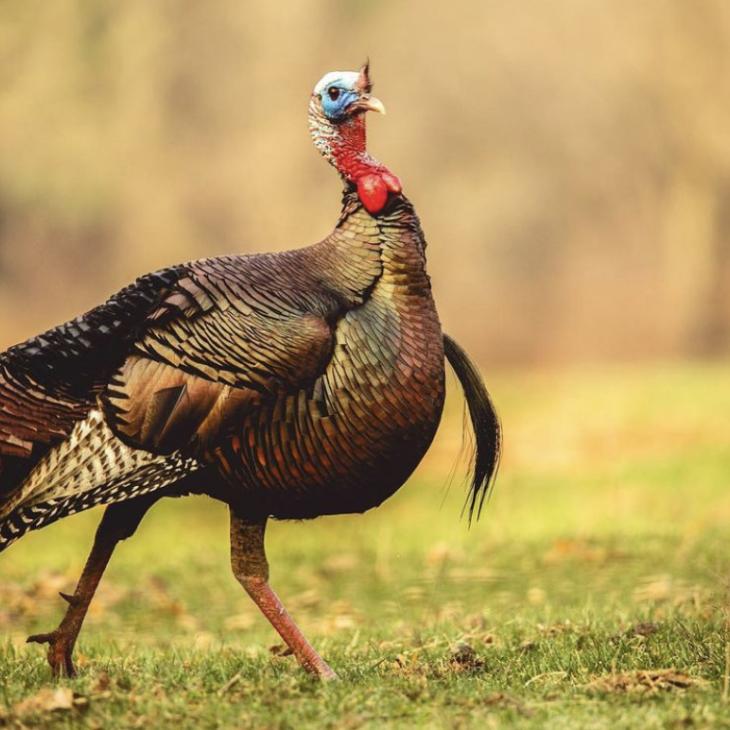Hunting in Whitetail Rut Season
The whitetail rut, that magical period when deer are actively breeding, is the pinnacle of hunting season for many. It's a time of heightened deer activity, unpredictable encounters, and opportunities galore. Yet, amidst the chaos and excitement, hunters face a crucial decision. Should they focus on pursuing a specific target buck or embrace the rut's free-for-all dynamics? A couple of years ago, while hunting near my home in southern Missouri, I got to experience a little of both scenarios











